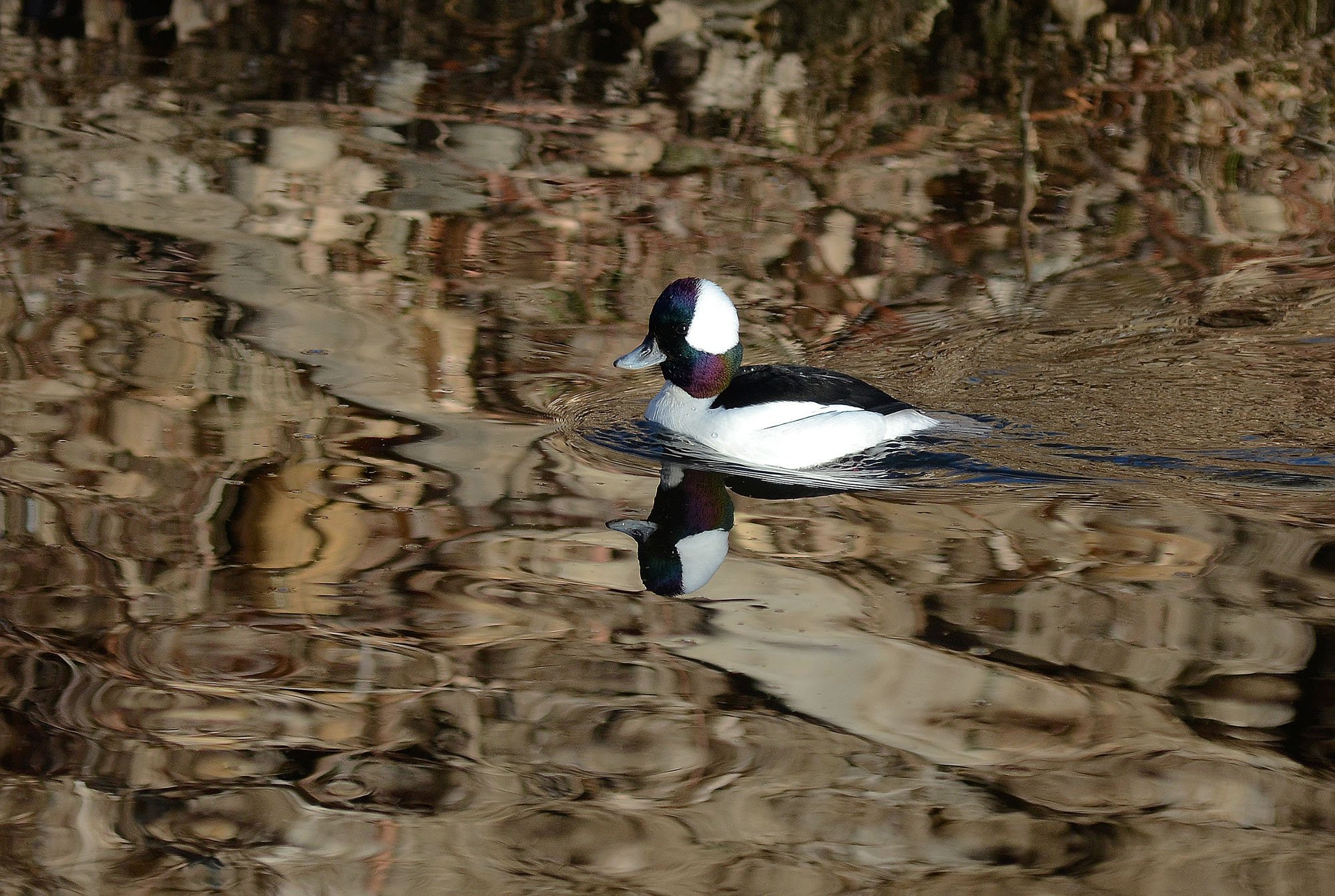
BCAS Articles

April Nature Almanac: Outfoxed by Fox Squirrels
In early spring, sparrows, siskins, finches, and other seed-eating birds flock to our backyard feeders, stocking up on calories to fuel nesting activities. Meanwhile, neighborhood fox squirrels are busy providing milk and nuts for their first brood of young, and there’s hardly anything more attractive to fox squirrels than bird feeders.

March Nature Almanac: Frigid Conditions Push Some Hawks Southward
One benefit of these frigid, snowy days is the opportunity to get close to Ferruginous and Rough-legged Hawks. When temperatures are hovering near zero, raptors would rather stay put on their perches than fly away.

February Nature Almanac: Roosting (Not Roasting!) Wild Turkeys
Wild Turkeys by the scores have been coasting down from a cliff to roost in large cottonwoods along the St. Vrain Creek in Lyons this winter. Raymond Davis counted 134 turkeys on evening in late January!

January Nature Almanac: Orion
This January, after the sun sets and the gloom gathers, cast your eyes to the southeast to watch the mighty stars of Orion rise majestically over the horizon.

December Nature Almanac: Yes, Birds Do Yawn!
A Great Horned Owl sat in a canyon alcove and opened wide its beak. We could see its tongue and red, cavernous mouth. Was this a yawn?

November Nature Almanac: Threatened Canyons Shelter Autumn Treasures
In late October we took a stroll down Forsythe Canyon, one of several forested drainages just west of Gross Reservoir. The canyon floor glowed with fall color: golden leaves of aspen and box elder, fiery wild rose, clumps of tender blue spruce needles scattered on the ground beneath pine squirrel nest trees.

October Nature Almanac: Stargazing - An Audio Experience
Stargazers gather in the Boulder countryside at night. They share the delight of gazing through a high-powered telescope at a distant nebula that reminds some viewers of colorful cotton candy dotted with stars. Some gather just for the opportunity of an area with little light pollution so they can see the stars, planets, and Milky Way with their own eyes.

September Nature Almanac: Aspen Leaves Glow and Glimmer, Whisper and—Maybe—Whimper as the World Gets Hotter
Early in September an occasional aspen tree turns into a lone golden candle, and by the fourth week entire hillsides glow in luminous tones of yellow, sometimes shading into salmon and red. Although members of a clone share the same genes and flaunt the same color...

August Nature Almanac: Skippers Flit through Mountain Meadows
The tiny skippers seem particularly at home in these sun-dappled clearings, where the males dart back and forth while trying to impress potential mates. Females perch calmly on logs…

July Nature Almanac: Ovenbirds Fill Foothills Canyons with Exotic Song
Beginning about 15 years ago, we began to hear Ovenbirds singing in most of our moist foothills canyons containing ponderosa pine and Rocky Mountain maple. What brought them here, and could the maple leaves be providing a suitable substitute for oak leaves in their nests?

June Nature Almanac: Non-Native Smooth Brome May Crowd Out Native Wildflowers
Smooth brome was introduced into North America in grass seed imported from Eurasia. An early maturing species, smooth brome can form dense stands long before many native grasses have initiated spring growth.

May Nature Almanac: Listen, It’s Spring
All birds have a wide repertoire of sounds ranging from sweet melodies to raucous cries and soft chips and chirps.

April Nature Almanac: March Snows Nourish Fields of Wildflowers
When 2-5 feet of snow fell on Boulder County's foothills and mountains during the second week of March, local wildflower-lovers jumped with joy.

March Nature Almanac: Soaring Into Spring on a Turkey Vulture’s Wing
A hulking black bird associated with carrion is not what most people think of as a harbinger of spring. Nevertheless, the return of Turkey Vultures brings excitement to winter-weary Colorado birders.

February Nature Almanac: Cavity-Nesting Ducks Take to Front Range Woodlands
Fifty years ago, some of us would have driven miles to see courting mergansers, and Wood Ducks were considered uncommon in Boulder County. What has changed?

January Nature Almanac: It’s a Mouse, It’s a Bird, It’s a BROWN CREEPER!
The herky-jerky climbing actions of this bird makes us think of a little mouse scrambling up a tree. A glance in the field guide confirms its identity as the appropriately named Brown Creeper.

December Nature Almanac: Sage—A Symbol for the Season but not for Seasoning
All the various sage species (Artemisia sp.) emit a mouth-watering scent, but they are not the herb for seasoning meats.

November Nature Almanac: Courtship!
“Why are Great Horned Owls hooting so much”. Courtship is the simple answer, even if it seems premature during these first cold days and nights of the winter season.

Nature Almanac: Tiny Divers. . . Buffleheads!
Leaving the cold northland behind, Buffleheads find favorable wintering grounds near open water and in sheltered bays along both coasts.

September Nature Almanac: Limpkins Lurk Where They Are Not Supposed to Be
A Limpkin—the tropical wetland bird whose usual home is Florida and Central and South America—visited Colorado this summer for the first time in recorded history.
